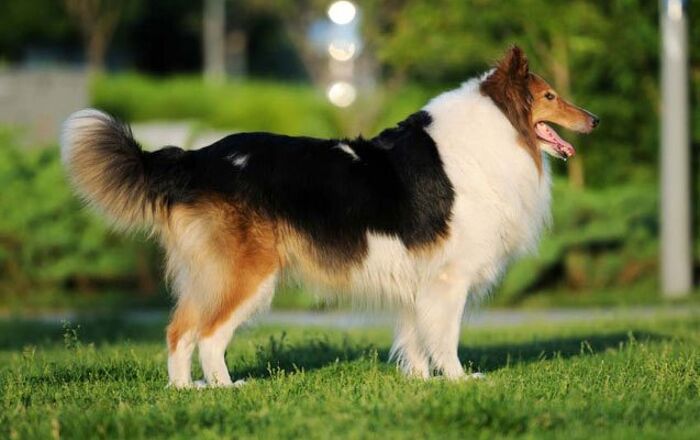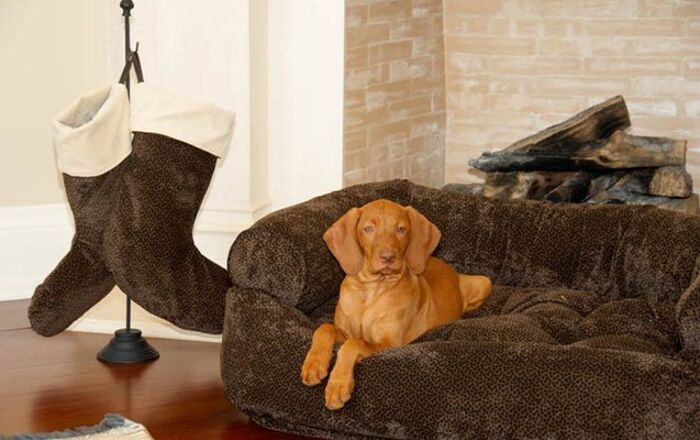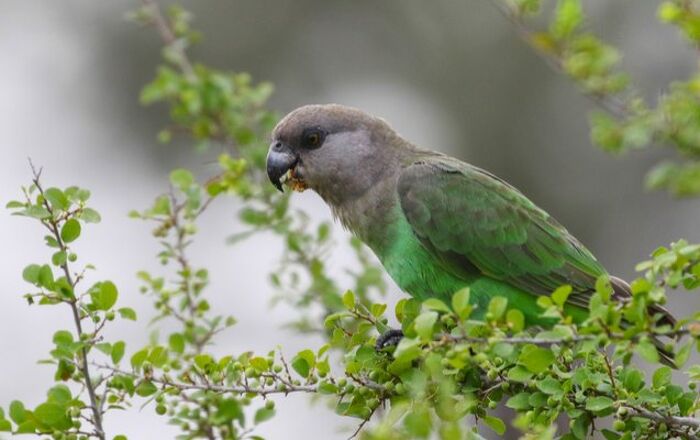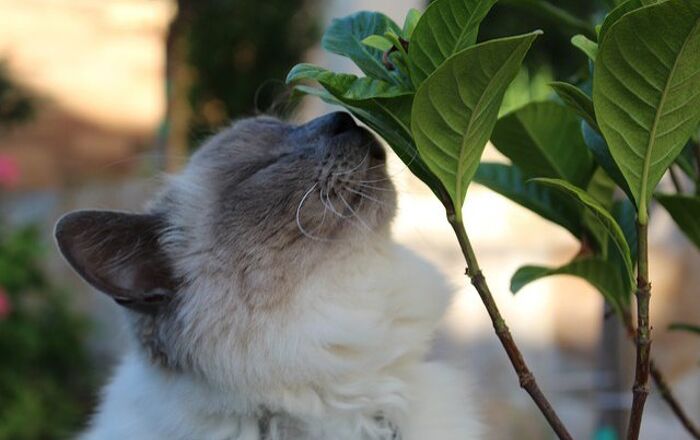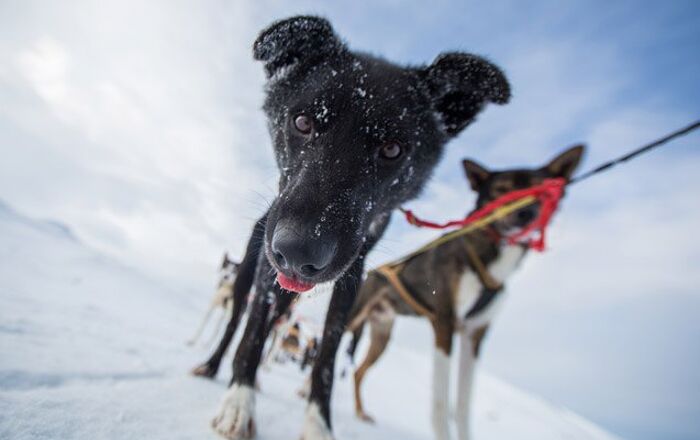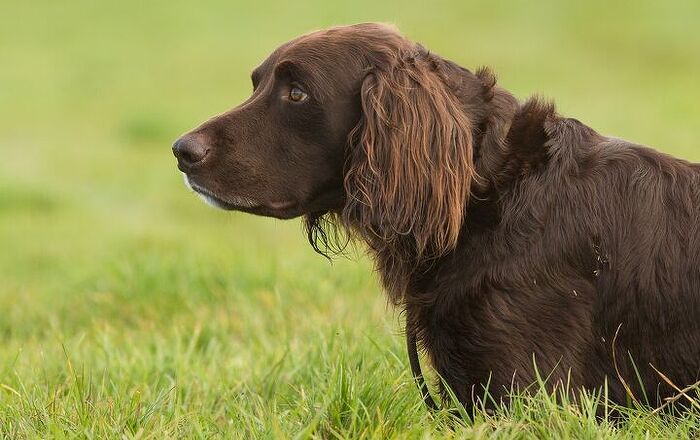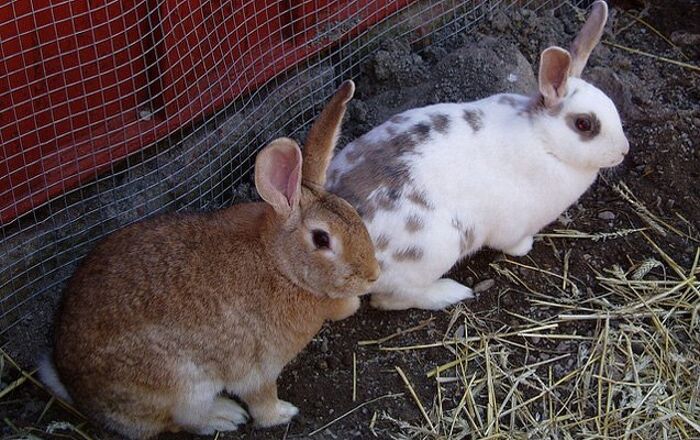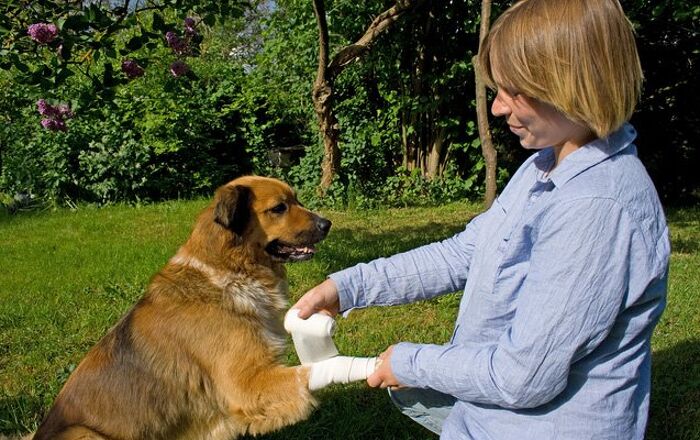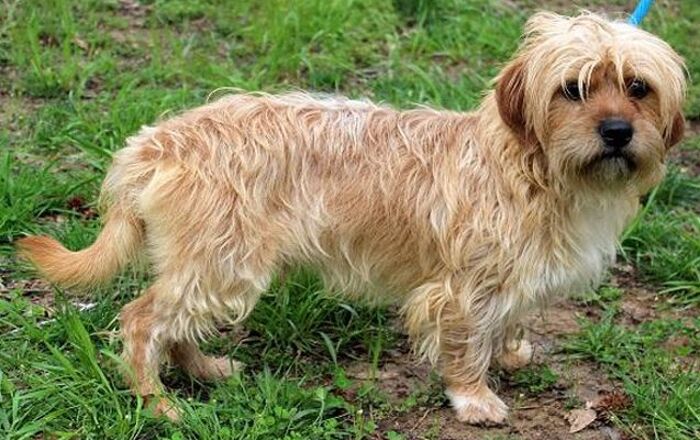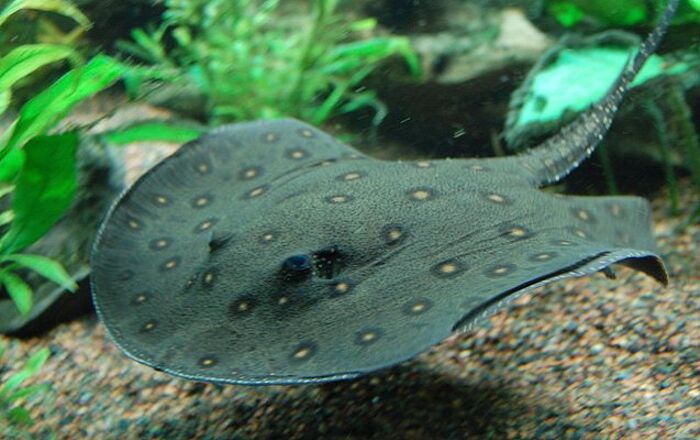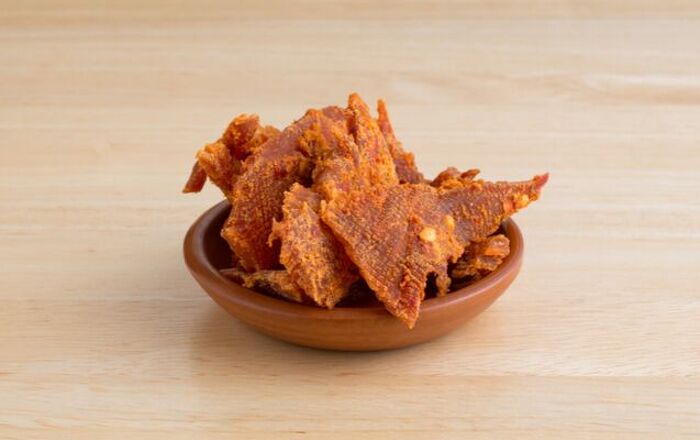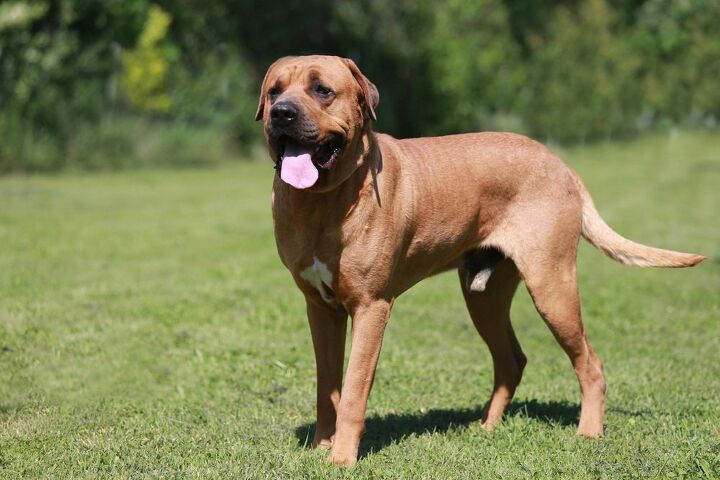
Tosa Basics
The Tosa is a rare Japanese breed that was developing for dog fighting and, as such, it has a well-muscled appearance. This breed is subject to many restrictions and regulations because it may be considered a dangerous breed. In fact, it is illegal to keep the Tosa in several countries including the UK, Australia, Denmark, Iceland, New Zealand, and Turkey. If you are thinking about the breed, you should take the time to learn as much as you can about it before buying to make sure that you can handle the challenge.
The Tosa is a rare Japanese breed that was developing for dog fighting.
Origin
This breed was named after the Japanese province in which it was developed, the Tosa province, which is now known as the Kochi prefecture. At the time of the breed’s development, Tosa was one of the two most popular areas for dog fighting – the second was the Akita prefecture. For years the Akita breed was stronger than the Tosa but, by crossbreeding the dog with various European breeds, the Tosa eventually became stronger.
Pedigree

The Tosa was originally developed from the native Shikoku-Inu breed, an indigenous dog that closely resembled the European Spitz. This breed was then crossed with other European breeds including the Old English Bulldog, Mastiff, Saint Bernard, Great Dane, and the Bull Terrier to create a large, powerful dog designed for dog fighting.
Food/Diet
As a large breed, the Tosa should be offered a dog food diet formulated for large-breed dogs. Because this breed develops slowly you may need to keep him on a puppy diet for longer than a year to make sure he has enough fuel to foster healthy growth and development.
The Tosa is an intelligent breed and typically easy to train.
Training
The Tosa is an intelligent breed and typically easy to train. This breed learns quickly and can be started with training as early as 8 weeks of age. Socialization is incredibly important for this breed due to its dog fighting background – you should take your dog to puppy training classes starting from 10 to 12 weeks of age. Positive reinforcement-based training methods are recommended for this breed but you need to maintain a firm and consistent hand in training so the dog knows who the boss is.
Weight
The Tosa is a large breed (the largest out of all of breeds from Japan), though its size varies depending where it was bred. Japanese Tosas typically weigh 80 to 135 pounds, but Tosas bred outside of Japan are usually larger, between 130 to 200 lbs. This breed usually stands about 24.5 to 32 inches tall.
Temperament/Behavior
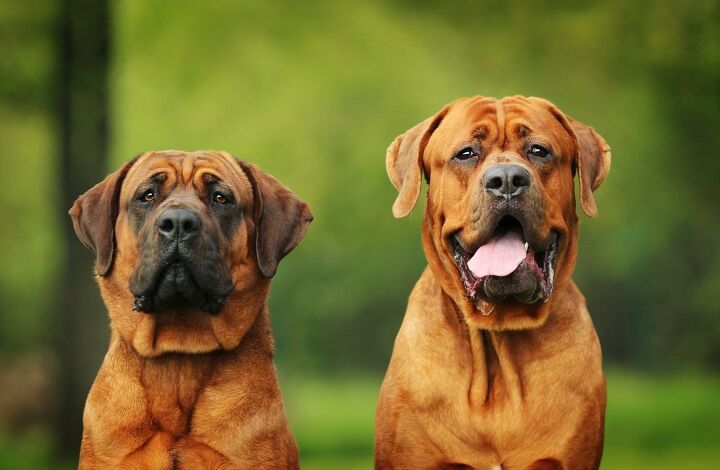
Because the Tosa was originally bred for fighting it can be a challenging dog to keep. This breed is not recommended for inexperienced dog owners and even experienced owners may have trouble. The breed is frequently aggressive toward other dogs and he is a fearless protector and guardian, though not usually aggressive toward people. He can form strong bonds with family and may be well-mannered and peaceful around the home but he will probably always be wary around strangers. This breed can get along with children as long as he is raised with them, but rough play could trigger his fighting instinct so all interaction between the dog and children should be closely supervised.
Common Health Problems
The Tosa is generally a healthy breed as long as breeders follow responsible breeding practices to prevent passing on genetic conditions. As a large breed dog, the Tosa is prone to developing certain musculoskeletal issues like hip dysplasia and they may also be prone to gastric torsion, or bloat.
Life Expectancy
The average lifespan for the Tosa breed is between 10 and 12 years.
Exercise Requirements
The Tosa is not overly energetic, but it does need a daily walk or jog to fulfill its exercise requirements. Without adequate daily exercise, this breed is likely to develop destructive behaviors. This breed makes a particularly good jogging companion.
The Tosa can form strong bonds with family and may be well-mannered and peaceful around the home
Recognized Clubs
The Tosa belongs to the Working Group for the AKC. This breed was recorded in the Foundation Stock Service in 1997, and was approved to compete in AKC companion events in 2010.
Coat
The Tosa has a short, smooth coat that lies close to the body. It is usually red in color, though this breed may also exhibit shades of brindle or fawn. Tosas with a dull black coat are possible, but rare. Because the coat is so short, it requires only minimal maintenance – occasionally brushing and bathing will be adequate to keep the coat in good condition. This breed is a light shedder but a heavy drooler.
Puppies
Because the Tosa breed is so large, puppies may take longer to reach maturity than the puppies of smaller breeds. This being the case, you may need to keep your dog on a puppy diet for a little more than a year in order to fuel his growth and development. With large breeds especially it is important to avoid vigorous exercise until the puppy is fully grown to avoid putting unnecessary stress or strain on the joints and bones.
Photo credit: michaela.bilovska/Shutterstock; SubertT/Shutterstock; acceptphoto/Shutterstock


